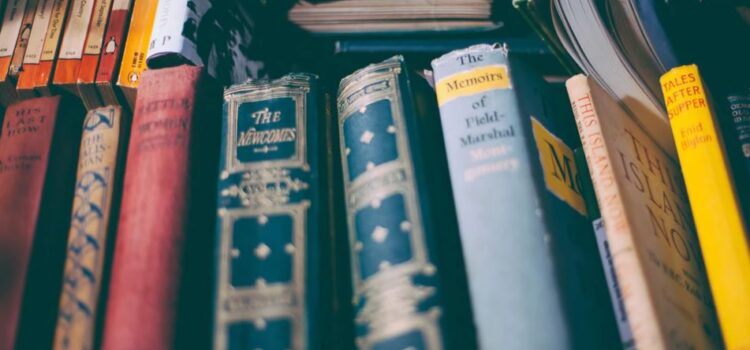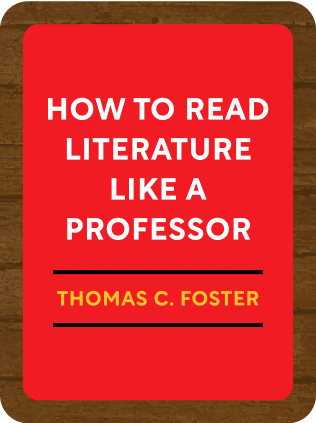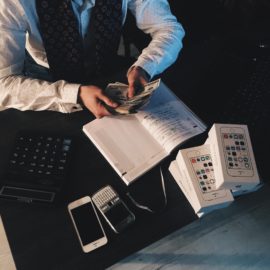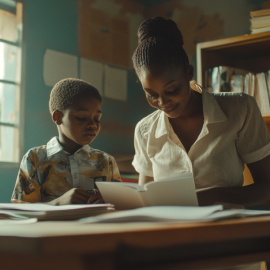

This article is an excerpt from the Shortform book guide to "How to Read Literature Like a Professor" by Thomas C. Foster. Shortform has the world's best summaries and analyses of books you should be reading.
Like this article? Sign up for a free trial here .
How are memory and reading related? Is there really no such thing as a new book?
It is true, there is no such thing as a new story. All literary works are connected and reference past works. That’s why it’s important to call on your memory of previous works of literature while you read.
Continue on to learn more about the importance of calling on your memory while reading literature.
Memory in Literature
Readers who are new to literature might feel as though everything they read is new. But really, there is no such thing as a new story. That is why memory and reading go hand-in-hand.
All literary works are alive and involved with each other like eels in a barrel. Each time a new eel is created, it squirms its way into the barrel. It is new, but it’s also an eel just like every other one that ever has been or ever will be in the barrel.
Just because an author can’t create anything purely original anymore, doesn’t mean that modern literature is derivative or unimportant. Rather, new literature gains significance from the harmony and dissonance it strikes with what came before.
Once you understand that all stories—no matter the genre—exist together as part of one big story, you can begin to see the patterns and recurrences between them. This is what critics call intertextuality. Authors use references and parallels to draw connections to previous literary works.
Intertextuality in literature deepens the meaning of the text by drawing on the reader’s expectations.
Example of Memory and Reading: Going After Cacciato
A great example of an author referencing previous literature is Tim O’Brien in his novel Going After Cacciato. The novel has three interwoven stories: one, the history of protagonist Paul Berlin’s war experiences; two, an imagined trip to Paris in search of their fellow soldier Cacciato; three, the present night in which Paul Berlin is remembering the first story and inventing the second.
Paul Berlin’s fantasy trip to Paris is made up of a bunch of stories, each based on or influenced by some novel, story, or historical figure from the past. Tim O’Brien, as the author, knows this. But Paul Berlin, the character, doesn’t. He is simply making up stories the way everyone else does—by drawing on other stories.
For example, in one part of Berlin’s fantasy, he and his squad fall down a hole in the road. They end up in an otherworldly network of tunnels. One character even states that they need to fall back up. As a reader, you are invited to relate this part of the story to when Alice falls down the rabbit hole in Lewis Carroll’s Alice in Wonderland.
Now that you have made that connection from your memory of previous works, your reading of the story will be nuanced by that awareness. You might expect that the tunnels the characters find themselves in will be some kind of wonderland for them.
Analyze Intertextuality Like a Professor
Don’t worry if you aren’t able to catch allusions to intertextuality right away when reading literature. The worst thing that happens is you miss the references and enjoy a good story anyway.
It takes a lot of practice and knowledge of other books to begin to make connections and consciously look for layers beyond the text on the page. When you do, you will enrich your reading experience and give yourself the opportunity to see the way an author might play with your expectations based on literary references.
- Example: In Wise Children, author Angela Carter uses the character Tiffany to subvert expectations and surprise the reader. First, Tiffany goes crazy and supposedly drowns. The reader might draw the conclusion that Tiffany represents Shakespeare’s Ophelia. But later, Tiffany comes back to teach her cheating lover a lesson. Now, the reader might think of Tiffany as more closely related to Shakespeare’s Hero character. Here, Carter uses intertextuality to delight and double-cross the reader.

———End of Preview———
Like what you just read? Read the rest of the world's best book summary and analysis of Thomas C. Foster's "How to Read Literature Like a Professor" at Shortform .
Here's what you'll find in our full How to Read Literature Like a Professor summary :
- How to get more out of the novels that you read
- Why you should focus on memory, symbols, and patterns to understand literature better
- Why sex scenes aren't always about sex






